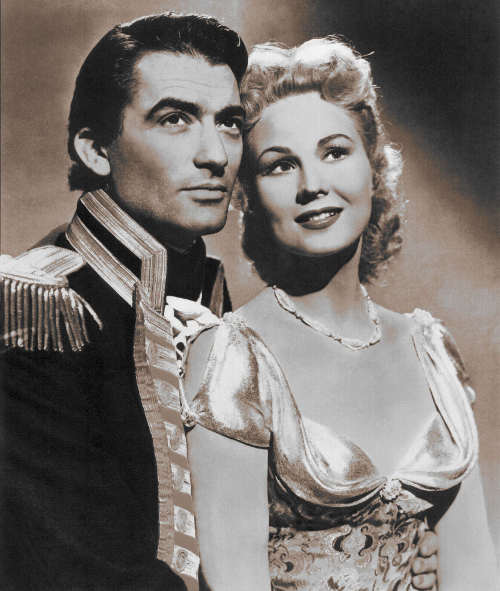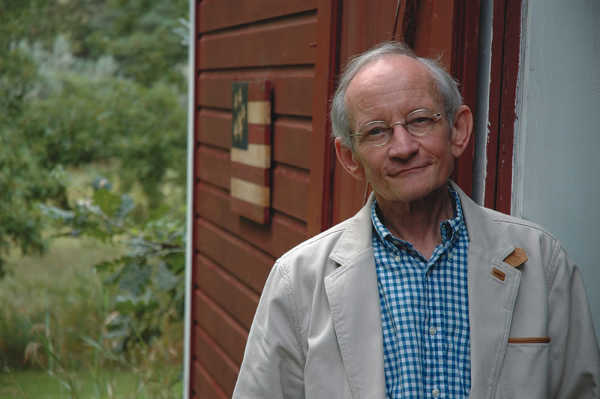- Tim Riley
- Posted On
US Open tennis tournament delivers more than sports action
At this year’s US Open tournament in New York’s Flushing Meadows, all four of these competitors are making a run to the Finals, but it’s a 15-year-old women’s player from Delray Beach, Florida who has captured, if not the limelight, at least plenty of attention.
Teenage sensation Coco Gauff made a thrilling run to the fourth round of this year’s Wimbledon, only to follow up with her main-draw debut at the US Open, winning the first two matches to advance to the third round.
The tennis fans are definitely getting behind Gauff, and at the press conference following her winning match in the first round, she remarked that the “crowd really helped me the whole match,” and playing on the second biggest court was a “really great atmosphere to play in.”
The future of women’s tennis most likely belongs to Gauff but reality set in during a third round straight-set loss to defending US Open champion Naomi Osaka, who came to the tournament ranked No. 1. Nevertheless, time should be on Gauff’s side in the coming years.
As is the case with Gauff, the thrill of the US Open is to witness emerging talent that will mature and develop over time before the debilitating accumulation of aches and injuries set in.
Even the almost invincible Federer has shown signs of strain as a 38-year-old player. On the main stage of Arthur Ashe Stadium, the Swiss pro lost the first sets of his first two winning matches, appearing to be sluggish before regaining his form in the third round.
Serena Williams, who last won the US Open title in 2014, is nearing her 38th birthday and still going strong. She was featured on the opening night stage in an easily victorious match with Maria Sharapova, who incidentally last won a Grand Slam at the French Open in 2014.
While the American women are performing well, the men are another story. The drought continues as the American men haven’t won a Grand Slam since Andy Roddick won the U.S. Open in 2003.
John Isner, from Greensboro, North Carolina, came into the tournament ranked N. 14, representing America’s best hope. After winning three straight-set matches in the first two rounds, he lost to Croatian Marin Cilic in the third round.
With Isner holding the highest ranking of the American men, his loss means that no American is in the men’s draw heading into the quarterfinals for only the third time since 1968 when Grand Slam tournaments allowed professionals to compete with amateurs in the Open era.
While the sports action is almost overwhelming, the US Open offers plenty of delights for foodies to enjoy. The culinary options keep expanding, and maybe this is driven by surveys indicating that millennials are foodies.
I have no idea of the demographics of the US Open crowd, but I would say the majority would be the 40-and-over crowd. Nonetheless, dining options are plentiful from the Food Village to the fancy restaurants.
The gourmet food stalls at the Food Village, which are accessible to everyone, appear to remain slow to offer the plant-based healthy options favored by vegans, or even vegetarian dishes. Yes, there’s a difference between the two.
Renowned chef David Burke, who has a sit-down restaurant with a menu of Cuban-Asian-American fusion dishes and cocktails, has upgraded his Fish Shack with new offerings but the cold Maine lobster roll remains the most popular.
Meanwhile, vegan options are limited to the organic tofu soy blend vegetable and rice or noodles at the Korilla BBQ stand or the vegan organic tofu with avocado, carrots, cucumbers, tomatoes, edamame, and black sesame seeds served with tofu Caesar at the Poke Yachty concession.
More celebrity chefs are opening up shop. “Top Chef” judge Tom Colicchio is serving sandwiches and salads at the Wichcraft stand, where the lobster BLT sandwich will set you back 29 bucks, which did not fit with my lunch budget.
James Beard Award winner chef Jose Andres is also a first timer with his Butterfly stands at the Food Village and inside the main stadium. A diner in the mood for tacos, tortas and the signature ceviche should grab a bite.
A sporting highlight at this year’s Open did not involve a match or even temper tantrums from some players. A long-awaited honor was bestowed on a trailblazing tennis player who broke the color barrier three years after Jackie Robinson did the same in baseball.
Althea Gibson made her 1950 debut at Forest Hills, the site of the then-U.S. National Championships, at the age of 23 and a year later she became the first black athlete to play at Wimbledon and won her first Grand Slam title at the French Open in 1956.
A giant sculpture bust of Gibson, created by sculptor Eric Goulder, resting on five granite blocks in front of Arthur Ashe Stadium is a fitting tribute.
Tim Riley writes film and television reviews for Lake County News.










